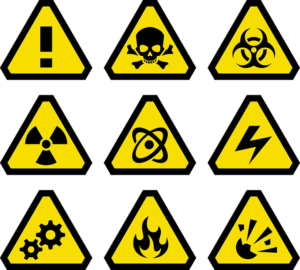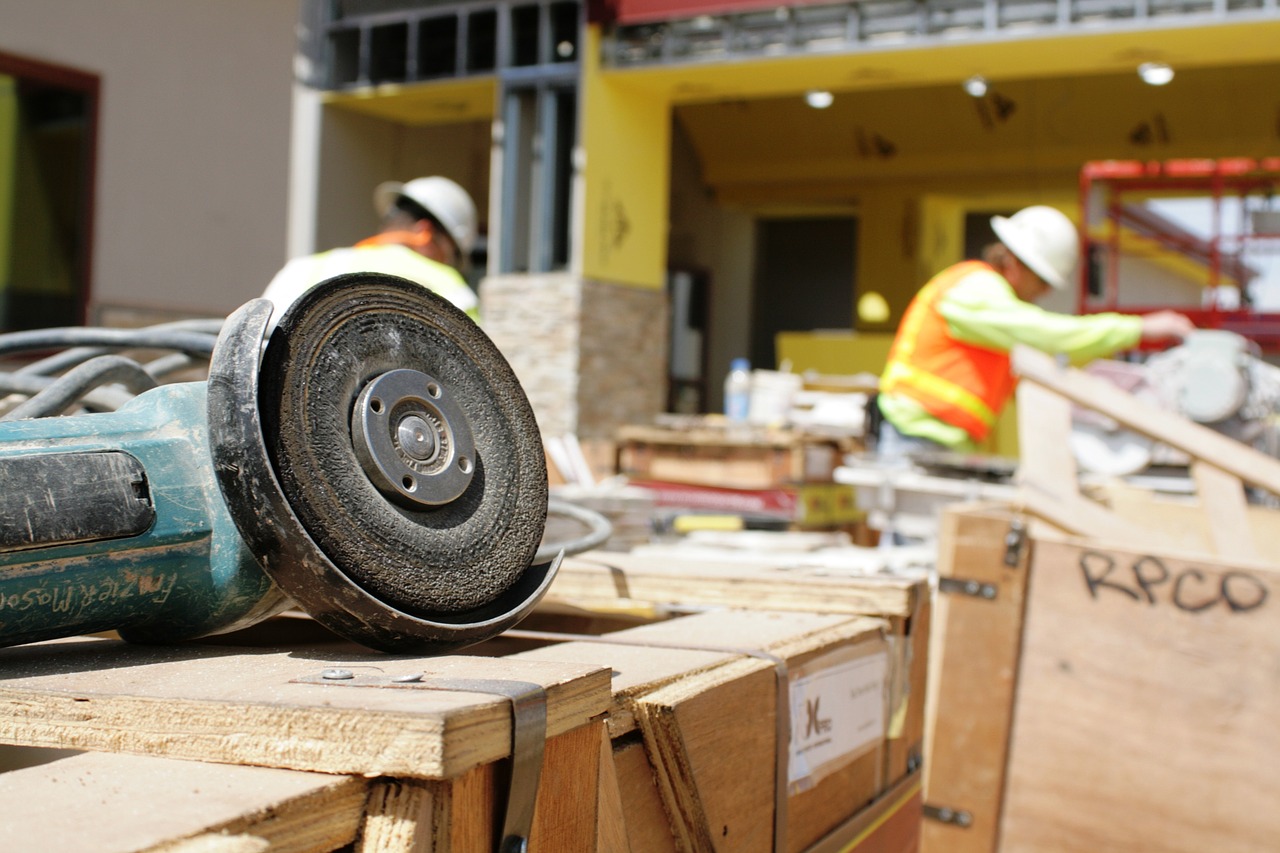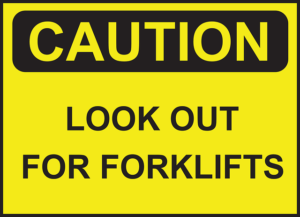Brace yourself – year end is coming. Time to ask the age-old questions about your organization’s progress: What went well? What could have gone better? What can be done to improve?
Besides profit margins and employee kudos, safety should always be a topic of conversation. Hopefully your incident rate is low and safe work habits are practiced every day, but consider challenging yourself and your team.
What can you do to step up your safety game next year?
- Invest in quality health & safety training.

Anything involving the word “training” has a tendency to invoke a giant collective groan from employees. Luckily, we live in the age of technology and can easily offer online trainings, a great solution for some organizations. It gives employees a sense of autonomy, and some systems make it easier than ever to track certifications.
Even so, classroom learning never goes out of style. It’s a great excuse to get everyone all together in a room to discuss important safety issues. Provide food, give frequent breaks, and maybe give them a little something for sitting through another round of training.
Still can’t decide which is best? Check out our article on Online vs. In-Person Trainings.
- “Now Hiring: Employees with Safety Experience”
Is your business growing? If so, you have the perfect opportunity to look for specific skill sets in your new hires. In addition to the professional experience required for the job, it will benefit to seek candidates with safety experience. Your diamond in the rough will have the knowledge base you are looking for and can help reinforce your organization’s safety culture.
- Bust your lines of communication wide open.
With any workplace matter, it is important to maintain an open line of communication across all levels of the organization. Safety is no different. Ensure that your workforce is comfortable enough to report incidents as they happen, and also provide a safe place to express any concerns.
- Conduct job safety analyses.

There is no reliable way to tell where you need safety improvement if you don’t do a thorough analysis of workplace hazards. There are plenty of online resources to help you independently conduct an evaluation. For more complicated operations that expose workers to high noise levels, airborne toxins, etc., it may be best to bring in a professional to assist.
- Investigate incidents.
Incident reports will do you no good sitting in a file folder on your desktop. For every incident, no matter the size, a thorough investigation should be completed to identify the root cause. It sounds obvious, but making it routine is the biggest challenge here. What was a minor incident or near miss this time may have serious consequences the next occurrence.
- Invest in ergonomic work stations.
Whether your employees spend their days behind computer screens or operating machinery, physical fatigue is a very real phenomenon and can lead to more serious problems than just sleepy eyelids and a sore back. Take the time evaluate employee workstations. Then, allocate part of the yearly budget for ergonomic products, which might include:
- Appropriate lighting
- Ergonomic Chairs
- Anti-Fatigue Mats
- Sit-Stand Desks
Your employees will thank you!
- Update/create a written plan.
Take a look at your existing safety program. Is all of the information is up-to-date, relevant, and effectively communicated to employees, supervisors, and managers? If you do not have a formal plan written, there is no time like the present to start.
- Appoint safety “champions”.
Identifying key safety champions on your workforce can be a huge help when it comes to communication and incident reporting. They can assist with facilitating communication between employees and help instill a culture of safety with their peers.
- Organize, organize, organize!

Hopefully you will never need to access it, but the unfortunate case of serious incidents and/or citations, you are going to want any and all information pertaining to your safety program readily available. It also helps to keep everything organized for when things need to be updated, new hires come on board, or when it’s time for a refresher.
- Provide the right equipment.
This goes beyond purchasing the right tools for producing your product or serving your clients. This means providing appropriate gloves, eye protection, ear protection, and advising the correct clothing and footwear. Employees must know where personal protective equipment (PPE) is stored, and it must be in supply for those who require it to safely complete their job.
- Tell safety stories.
Taking the time to send out a quick email about near-misses, safety successes, or news stories pertaining to your industry is just another way to reach your audience – in this case, your workforce – and explain the importance of safety in the workplace.
- Hang signs.
Whether it’s “wet floor” or “do not touch – HOT!”, appropriate signage does wonders for reducing incident rate.
- Keep a clean house.
Simple, and true. Keep your workplace clean. Less accidents will happen.
- Publicize your successes; but be careful with incentives
Did you go a whole month with no incidents? That’s great! Send out a quick email to your team thanking them for the fantastic work – but be careful with how you thank them. Offering incentives for a reduced incident rate can have a potentially crippling effect, making incident rate appear to drop simply because they aren’t being reported. It can result in a tailspin of negative consequences, even if your intentions were good.
- Hold regular safety meetings.
Maybe you have daily tailgates before days in the field, and that’s great! If that is the case (or not), make sure the whole company is included in on occasional meetings that touch on safety basics and applicable case studies. Educating employees on a regular basis about the positive effects working safely can have will reinforce the way they perceive the safety culture.
- Consider an employee wellness program.

As advocates of employee wellness programs, we actually wrote a whole blog about just this. In a nutshell, providing an employee wellness program communicates that there is conversation at the management level that health and safety of the workforce is a priority. If you can get your employees to participate, the benefits keep on giving.
What will you do this coming year to step up your safety game? Let us know in the comments!


